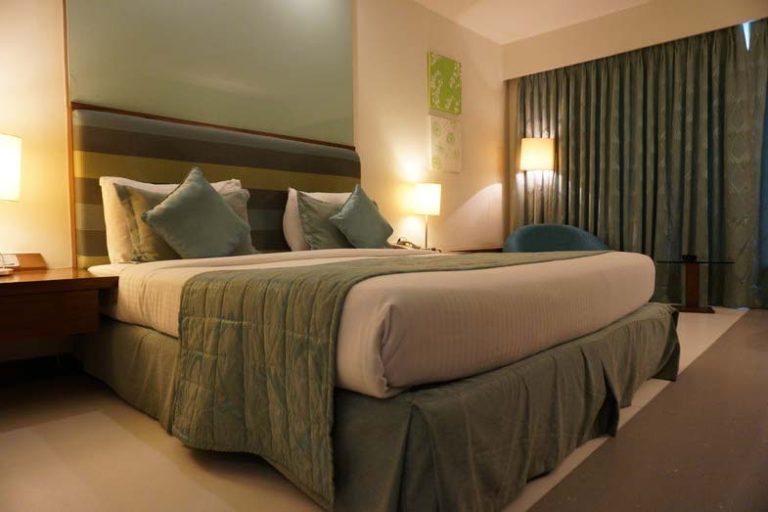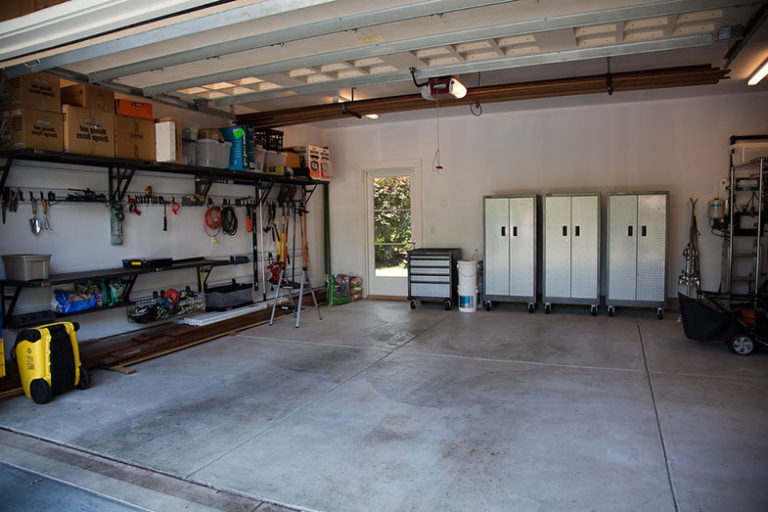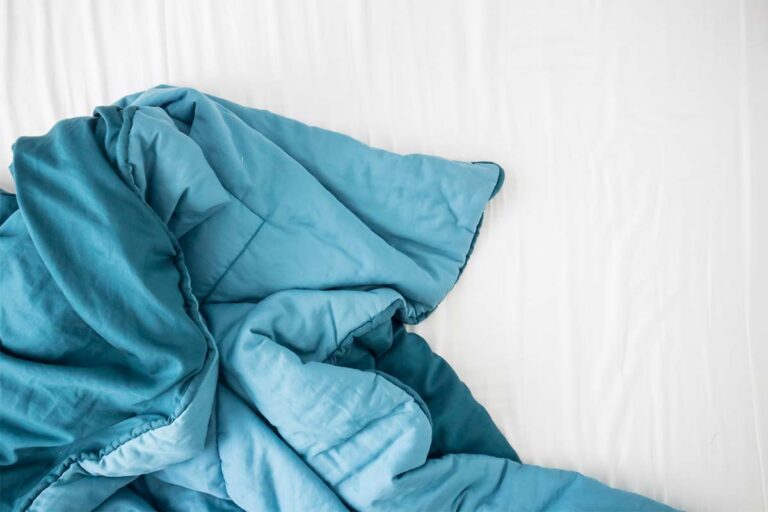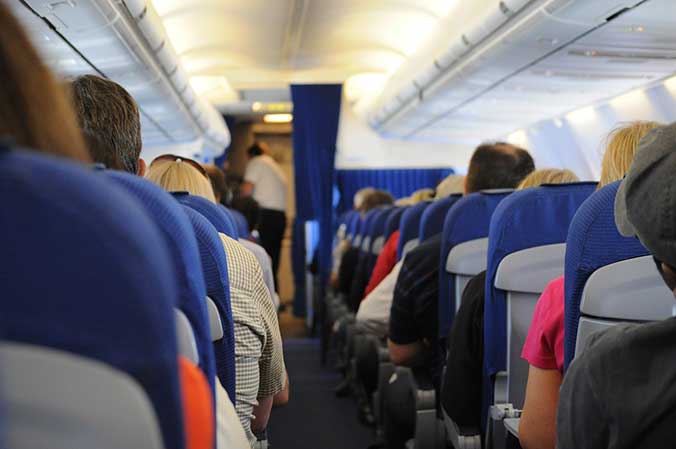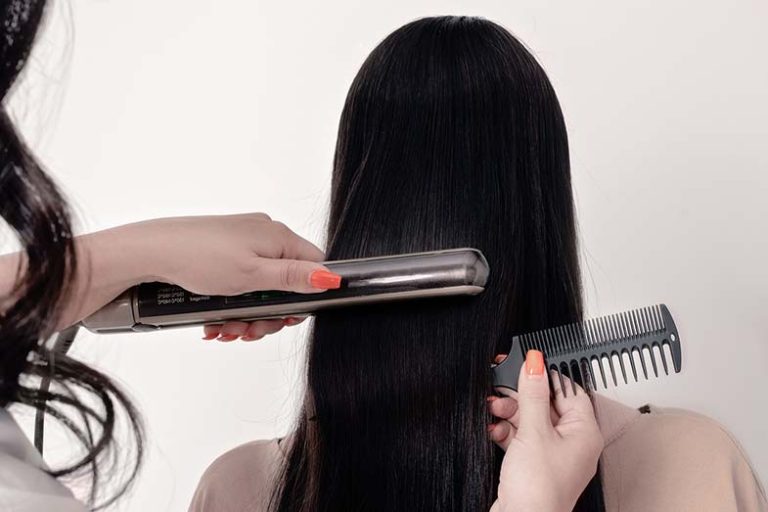How to Sleep on a Chair: 10 Steps
Disclosure: We may get commissions for purchases made through links in this post.
Have you ever been in a position where you want to sleep but there isn’t a bed? For instance, at work, an airport, or a friend’s place. Sometimes, the unfortunate alternative is to sleep in a chair. If you’re lucky, the chair might already be very comfortable, such as a sofa that’s easy to sink into. For whichever case though, sleeping in a chair is not ideal, since the body cannot fully stretch out. With the right strategy however, you can achieve a comfortable sleep.
An important thing to remember is that it takes time to get used to sleeping in a chair. The body is not used to it and it can be a difficult adjustment for many. Accept that it takes time, but it is an option, and when you know how to do it right, it will be easier to sleep anywhere.
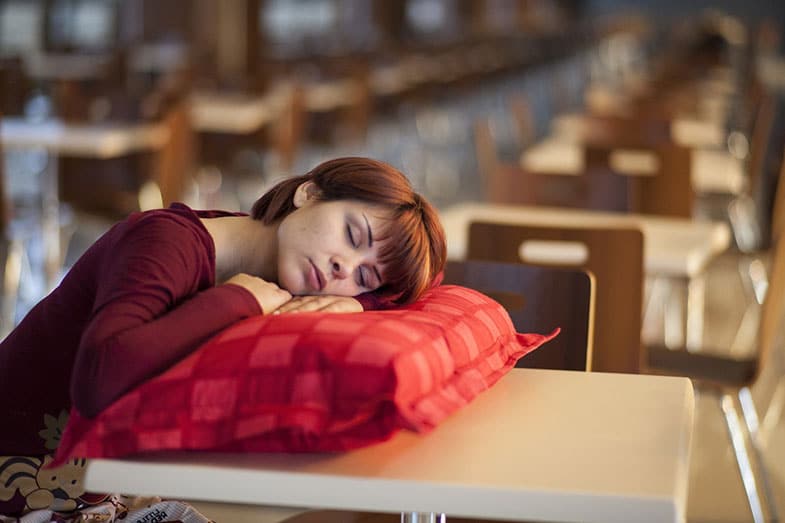
How to Sleep on a Chair
Wear comfortable clothes, use a soft pillow, and bundle up with blankets. Find a position that works for you. This may involve putting your feet up on a desk or using the arm rest to place your head. Focus on breathing and meditate to help you get to sleep faster.
To go further, here are 10 steps you can try if you have trouble sleeping in a chair.
1. Relax the Mind and Body
If you need to sleep on a chair, you’re probably not at home but rather, an unfamiliar place such as work or at a friend’s. This can make it difficult to wind down and get comfortable. Before sleep, the mind should be free from stress, and the body should be fully relaxed. To do this, go through your usual night time routine. This will help the body to release melatonin, a hormone for regulating sleep. Everyone relaxes differently but there are some common practices to try:
Drink Tea
Drink herbal, non-decaf tea such as chamomile or valerian root. They provide excellent benefits for the body, reducing stress and anxiety. When the mind is clear and free from stress, it can focus on getting to sleep. Drink 1-2 cups but not so much where you may have to go to the bathroom. If you are at work, check if there are any in the office kitchen, or grab a cup from a nearby coffee shop.
Listen to Music
Some people find that listening to music helps clear the mind and prepare for bed. If you haven’t tried it, I recommend listening to gentle sounds such as classical, piano, or nature sounds. If you’re in a noisy environment, consider using noise-cancelling headphones, which could be used for either listening to music or blocking out noise altogether.
Read a book
Reading is one of my favorite ways to relax and fall asleep quick. Sometimes I only get through a few pages before I drift off. When reading, the eye muscles constantly work from line to line, and eventually become too heavy to stay open. Try to read something uninteresting to you, so that your brain can shut off from it quicker. Also, read on a downward angle so that the eyes droop down and become easier to close.
Avoid screens
A good way to relax and increase melatonin levels is to avoid screens such as your television, cell phone, and computer. When it’s dark, the body naturally prepares for sleep. Looking at a screen keeps the mind awake and alert. It also keeps the mind focused on stressful related activities. Turn off the cell phone, and any other electronic device and screen.
Depending on your environment, some of these may be difficult to do. For instance, if you are at work, you may not be allowed to listen to music, or even sleep at all. In that case, try simple things such as drinking tea, or periodically taking you eyes off the screen.
2. Dress Comfortably
When sleeping in a chair, you should be as a comfortable as possible. This means wearing the proper clothes.
Take off your shoes. This sends a signal to the brain that it’s time to relax. Also, it just feels nice.
Wear comfy clothes. Ideally, you should wear soft, loose clothing such as pajamas or sweats. It’s difficult to sleep in a suit or rigid clothing since the body should be able to freely move around. If you work in an office and wear a suit, pajamas may not be an option. In that case, take off the tie, shoes and suit jacket. Untuck the shirt and undo a couple buttons.
If you find yourself sleeping in a chair on a regular basis, take a second pair of clothes with you wherever you go. It could be as easy as stowing them in the car or in a desk at work.
3. Use Bedding
The next step is to make the chair as comfortable as possible. Add bedding such as pillows, blankets, and whatever may help it replicate a bed. Space is most likely limited so these will have to be used in moderation, such as one pillow for the head. Ideally, you’ll want to use a soft pillow, one that will properly support the neck and is small enough that it won’t fall or shift while you sleep. If you have two blankets, lay the first one down as a foundation layer. This works well in case the chair is doesn’t have any cushions or good material. The second blanket will go over top of you for warmth. If the chair is large, place two extra pillows on either side of you. This will prevent you from shifting around and having a pillow fall on the floor.
If you’re at work, and there aren’t any pillows or blankets, check the break room, or ask to borrow one at a nearby office. Alternatively, you can use a sweater or cloth. Roll it up or fold it in a way to avoid creases. You want a smooth cushion to support the head and not leave any sleep marks.
If you don’t have a pillow
A pillow is nice to have, but if you don’t have one, there are still ways to rest the head. This could involve slouching down in the chair or using the palm of your hand as a head rest. Also, resting your head on the desk, either in your arms or a stack of papers may work for you. Just make sure the paper doesn’t get ink on your face.
4. Make the Room as Dark as Possible
It’s much easier to fall asleep in the dark. When there’s no light, the body responds that it’s time to rest. Melatonin gets released which helps prepare the body for sleep. Through this process, the muscles begin to relax, body temperature drops, and drowsiness takes over. Melatonin levels rise during the night when its dark. If you want to take a quick nap during the day, creating a dark room will help mimic the night time when the body produces the hormone. Alternatively, you could dim the lights which allow you to see your surroundings but a dark, relaxing environment, is most suitable for sleep.
Other ways to create darkness is to use a sleep mask or blackout curtains.
5. Recline the Chair, If Possible
If the chair reclines, adjust it to a flat position so that you can lay down just like you would on a bed. This provides more back support and allows for more movement. Familiarize yourself with the chair settings. Adjust the head rest, lock the wheels, and adjust the height to your preference.
If the chair doesn’t recline, place your feet up on a desk. This takes pressure off of the legs and increases blood flow throughout the body. It also feels great.
6. Position Yourself
Sleeping on a chair limits your ability to move around. At the beginning, you will have to adjust quite a bit to find a comfortable position. Here are some positions that may work for you:
- Elevate your legs up on a desk and slightly slouch down to where the back of the chair is able to support both the head and neck.
- Curl up on your side by bringing the knees up to your chest and use your hands, with palms together, as a pillow.
- Place a pillow between the knees for extra comfort.
- Sit upright and use the palm of your hand as a pillow.
- If the chair has wheels, lock them so they don’t move around or place the chair by a wall to prevent rolling around.
- Use a desk to lay your head on, either on a pillow or something soft. Elevate the pillow to reduce pressure on the back.
7. Support the Head
As you grow more tired, the head naturally wants to droop down. This may cause discomfort to the neck. To prevent your head from falling down or to the side, wrap it around the chair using your t-shirt or a scarf to keep it in place. You can also place a pillow behind the neck to prevent it from moving around. If you have one, use a U-shaped travel pillow, which keeps the head and spine aligned, and prevents neck strain.
8. Try Breathing Techniques
Simple breathing techniques can help you to fall asleep quicker and are a great way to help the body relax. These methods can also reduce anxiety and clear the mind as you place your focus solely on breathing. If your’re new to these techniques, it might take some time to get used to. Keep at it and eventually, you will experience a state of calm, allowing you to drift off to sleep.
4-7-8 Technique
First, breath in through your nose for four seconds. Hold your breath for seven seconds, and then slowly breathe out your mouth for eight seconds. Repeat the process.
Square breathing
For four seconds, take a deep breath in. Hold it in for four seconds. Breathe out slowly for another four seconds. Hold your breath for the last four seconds. Repeat the process.
9. Meditate
As you sit in the chair, it can be difficult to fall asleep since it’s not your usual bed. This is especially true if you’re at work. Stressful thoughts may enter your mind such as meetings or proposals. One way to keep your mind clear is to meditate. It can be as simple as focusing on each breath by using certain techniques, or on your surrounding, the feeling of the chair or floor.
Another practice is to concentrate on something in the room such as a light under the door, or a candle flame. While you do this, don’t allow your mind to think about anything else. This preoccupies the mind with something simple, rather than worrisome. These techniques will relax the mind and body, and help you get to sleep quicker.
10. Get Creative
You may have to get creative to create a relaxed environment. Experiment and find what works for you.
- Try pushing two chairs together to make a bed.
- Sleep on the floor with your legs up on the chair.
- Angle your body so that you can use the arm rest as a pillow.
- Invest in a travel neck pillow or desk pillow for better comfort.
Sleeping on a chair is great for a quick nap but should not be done all the time. The body should eventually get proper rest on a bed or couch.
Not all chairs are alike. Some come fully equipped with multiple adjustments, head rests, and leg support, and some may have none of these at all. Before purchasing one, picture yourself sleeping in it and take note of the comfort level. Chairs differ in shape, size, and material. Ask yourself, is there enough cushion or padding to support the head and neck? Does it lean back or have a leg rest? Get familiar with your chair and everything it offers. There are many ergonomic choices on the market.
Related Questions
What are the pros and cons of sleeping sitting up?
Sleeping upright is good for digestion. If you just ate a large meal, it will go through your system more easily than if you were laying down. It also prevents snoring and may take pressure ff certain joints or painful areas. For cons, it is difficult to get comfortable sleeping upright. When the body becomes tired, it wants to slump down and be able to adjust to a better position. Sleeping on a chair limits this.
How to sleep upright after surgery?
Even minor surgeries make it difficult to sleep in any position. Surround yourself with pillows to prevent movement and elevate your legs to prevent cramping or soreness. Talk with your doctor to figure out the best and safest way to sleep after surgery.

